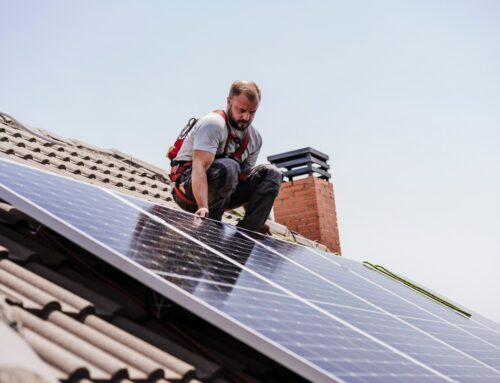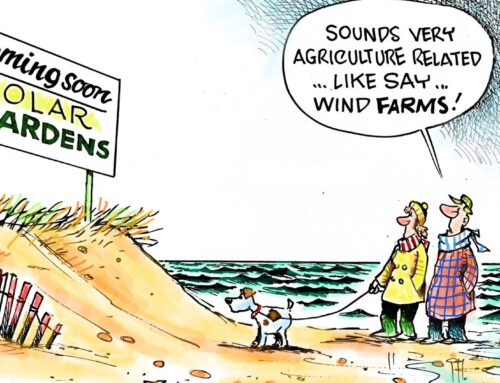Editorial: Keep pace on Hawaii clean energy goal
November 4, 2025
Economic changes accelerated by the Lahaina wildfires are compelling the state to adjust course toward its clean-energy goals, by considering alternative fuels — such as liquefied natural gas (LNG), which is cleaner than oil — in its electricity portfolio. It also raises the stakes of making permitting processes for home solar-panel installations as efficient as possible.
And time is running short for more island residents to gain access to affordable solar energy for electricity, advancing the state’s progress away from fossil fuels.
This is, in part, because Solar for All, a $7 billion federal grant program that aims to expand that capacity to low-income communities in particular, was terminated by Environmental Protection Agency Director Lee Zeldin in August. That move is being challenged in court by 22 states — including Hawaii — and the District of Columbia.
Hawaii had been awarded $64.5 million; chances are slim that this or any other state will have their grants restored any time soon, given how the U.S. Supreme Court has upheld most executive-branch actions this year.
Nor is there much time left for federal solar tax credits that help homeowners finance rooftop solar installations; these, originally set to expire after another year, were made to sunset at the end of 2025, as part of the Republican “big beautiful bill” that is now law.
The changing clean-energy landscape was already apparent at the start of this year when Gov. Josh Green issued Executive Order 25-01, which aims to accelerate the state’s move away from carbon-based fuels.
Among the numerous directives, the order calls on the Hawaii State Energy Office (HSEO) to develop recommendations on “how to decarbonize the energy sources specifically for the island of Oahu,” where the heaviest energy demand is.
According to the order, the policy for neighbor islands is to achieve 100% renewable electricity production by 2035 — but by then, Oahu’s target is only to make a 70% reduction in greenhouse gas emissions from the electricity sector.
Also in January, HSEO released a study on alternative fuels to carbon-intense oil that provides “firm” power for the electrical grid. This is essential when intermittent sources such as solar and wind energy is lacking.
“It’s not lost on any of us that Hawaii forever has had the highest cost of electricity in the nation, and it’s really had the highest intensity of carbon for power production,” said Mark Glick, the state’s chief energy officer. “Our old power plants are highly inefficient.
“And we’re burning the dirtiest, nastiest fuel, coming from Libya and Nigeria and Argentina, primarily,” he added. “And before that it was coming primarily from Russia. So not necessarily good places at all, energy security wise, and obviously for cost and for carbon.”
Those are good arguments for finding something better — and quickly, given that the addition of renewable sources, notably solar, will be going more slowly than many had hoped.
The complicated reason for that goes back to the 2023 Lahaina fire, which had the effect of raising the cost of capital for Hawaiian Electric, delaying green-energy projects that the utility had planned.
Shipping companies such as Pasha and Matson have favored importing LNG as well for their own shipping needs, Glick said, so striking a partnership with them ultimately could cut costs for the energy ratepayer. Expect public discussions on LNG to intensify.
The counties, meanwhile, must press on with their ongoing efforts to streamline permitting processes so that consumers can have expeditious access to solar upgrades while federal and state subsidies exist. Cleaner and more affordable electricity must remain a top priority for Hawaii’s cost-conscious public.
Search
RECENT PRESS RELEASES
Related Post




